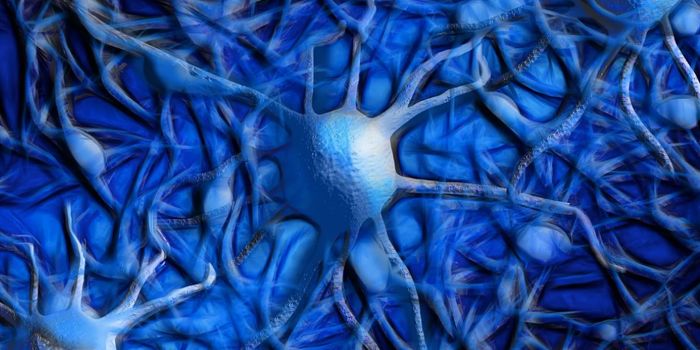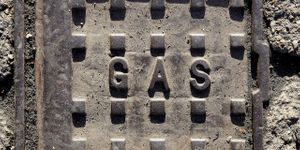Scientists changed biomedical engineering and took gene editing to a new level when they created the CRISPR-Cas9 gene editor, which utilizes a DNA-cutting enzyme like Cas9 and a guide RNA to move to a specific place in the genome of a cell, and a make an edit. Since it was created, researchers have refined and improved on the technique, but there are still challenges that interfere with its application.
One issue with gene editing is that corrective edits would have to be made in every cell of a tissue, or potentially every cell of the body, to fix a genetic mutation, since nearly every type of cell carries the whole genome. Adeno-associated viruses (AAVs) are often used for that purpose. These non-pathogenic vectors can move into cells, and they can carry the genetic information for creating gene-editing reagents. But the code for the Cas9 enzyme is too large to fit onto an AAV vector. Researchers have now overcome that problem by creating a smaller DNA-cutting molecule.
It's been suggested that Cas9 and Cas12 evolved from IscB proteins, which are also DNA-cutting enzymes called nucleases, and are associated with a family transposons.
Researchers have engineered a structured RNA (ωRNA) that provides additional molecular help to guide the enzyme to the desired place in the genome, and cut double-stranded DNA. The large CRISPR-Cas9 system has been reduced to core functional parts.
Reporting in Science, researchers have used cryo-electron microscopy (cryo-EM) to capture images of IscB-ωRNA in different conformations. IscB-ωRNA is derived from a mobile genetic element, or transposon, in bacteria. One type of IscB is less than half the size of Cas9 but can still cut DNA. While it cannot yet efficiently edit DNA in human cells, the researchers are hopeful that a better editor can be engineered using IscB as a starting point; they have already made smaller versions.
"Next-generation fancy applications require the gene editor to be fused with other enzymes and activities and most Cas9s are already too big for viral delivery. We are facing a traffic jam at the delivery end," said corresponding study author Ailong Ke, professor of molecular biology and genetics at Cornell University.
"Transposons are specialized genetic hitchhikers, integrating into and splicing out of our genomes all the time," Ke said. Nature has had billions of opportunities to test out various DNA editors. Some very powerful ones have been naturally made and "...by defining these enzymes in high resolution, we can tap into their powers."
There is still a lot more to learn about transposons and what they can do. It may also be possible to create many new types of gene editors with transposons.
Sources: Cornell University, Science









